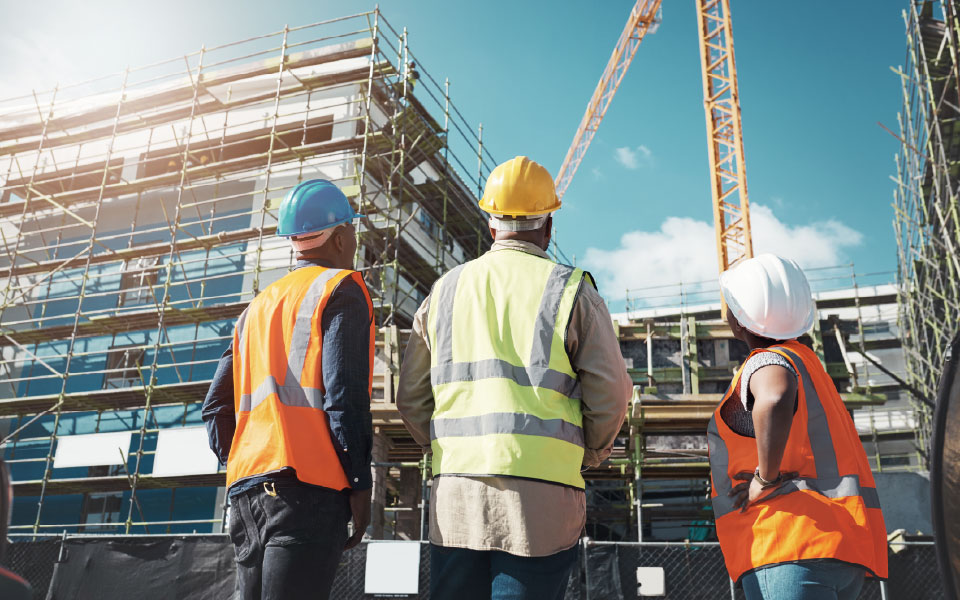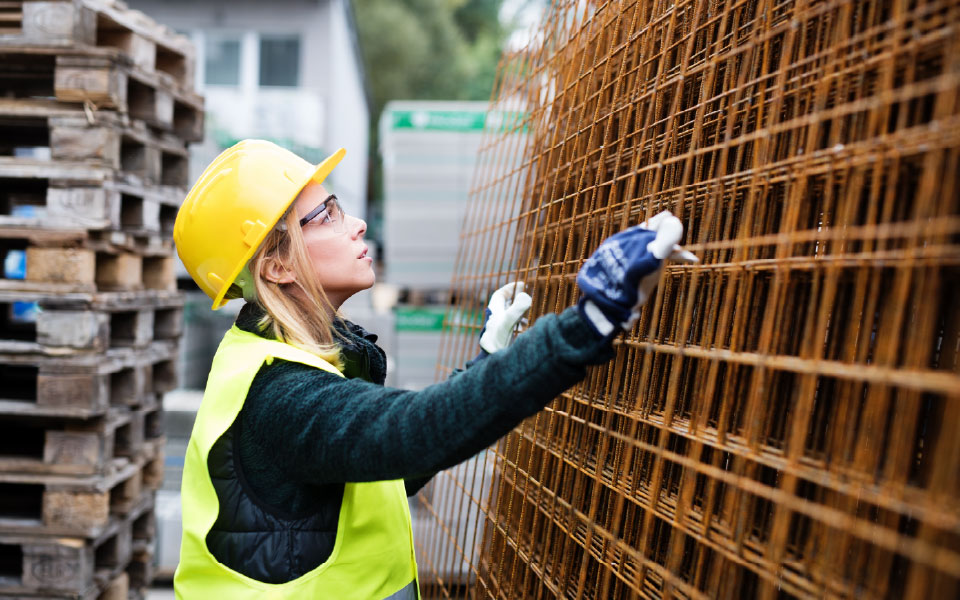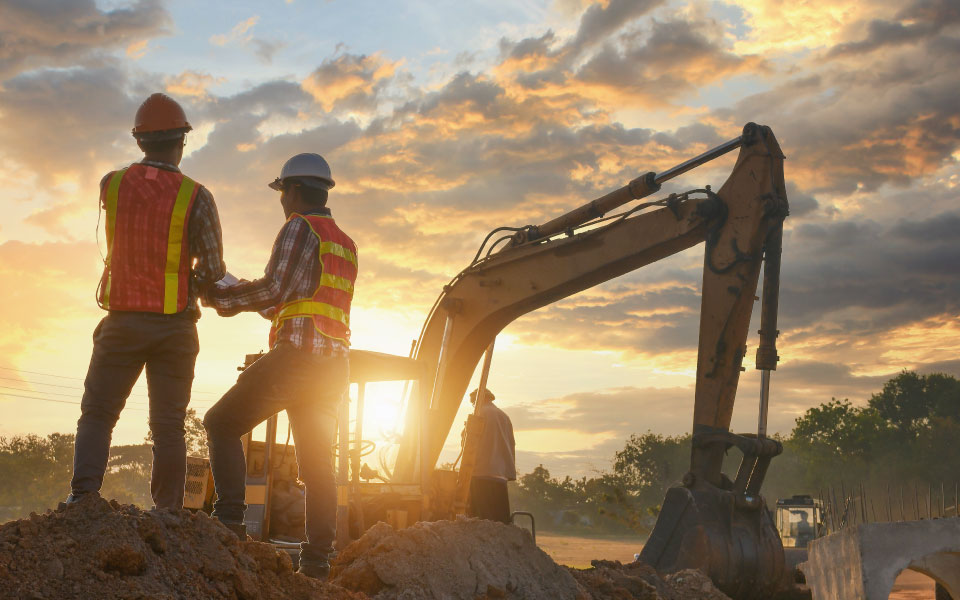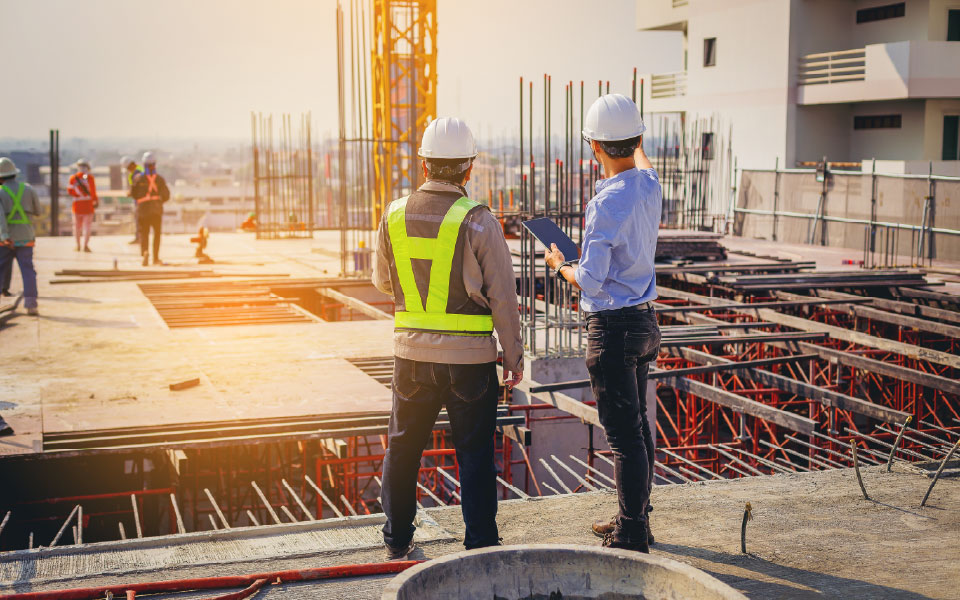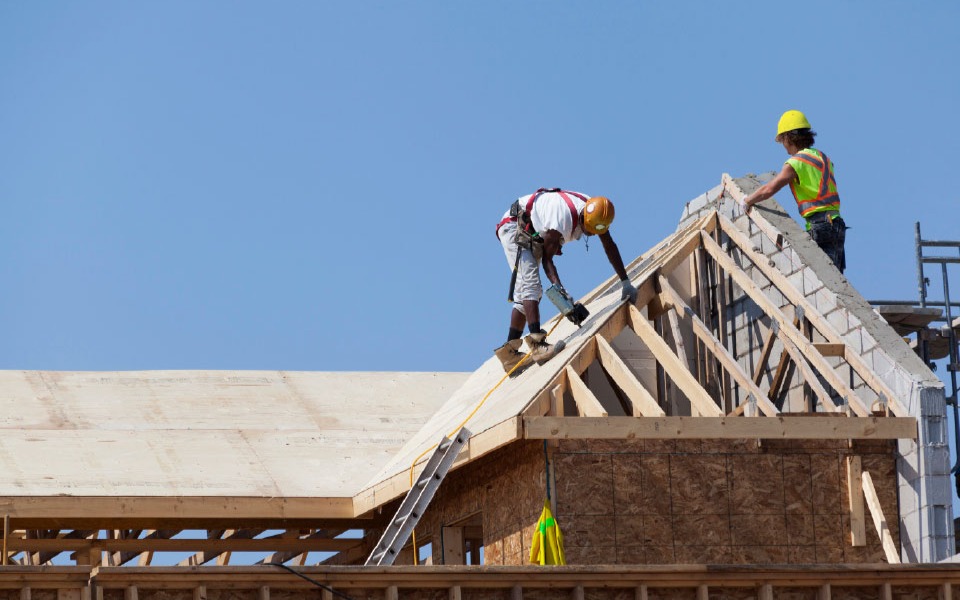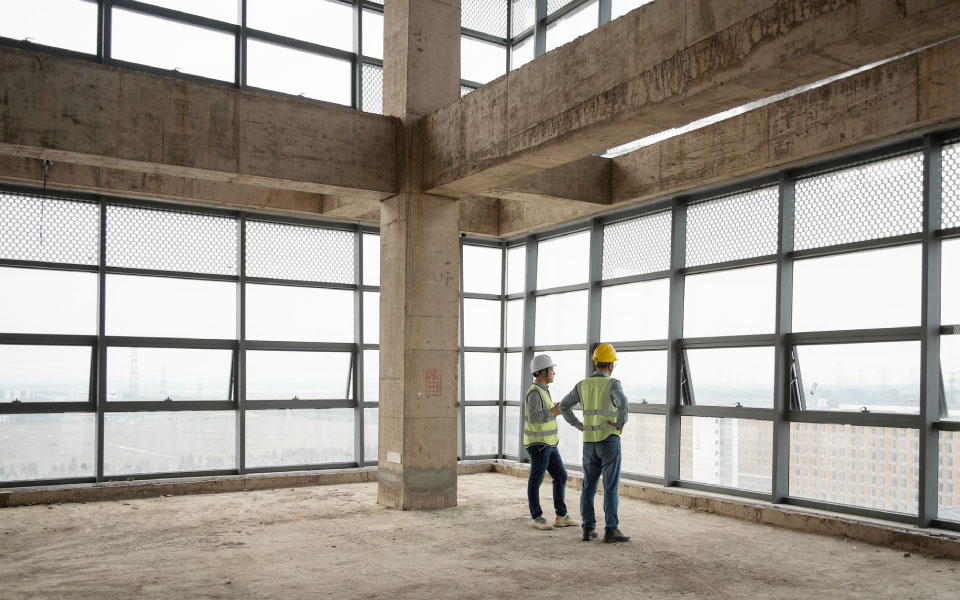The White House has raised, lowered, changed, delayed, or otherwise altered U.S. trade policy more than 60 times since Inauguration Day. The resulting uncertainty and historically high tariff rates have caused interest rates to remain elevated, materials prices to rise, and construction spending to decline.
Were it not for the prospect of tariff-fueled inflation during the next few quarters, the Federal Reserve almost certainly would have cut rates by now. Economywide prices are up just 2.3% year over year, and monthly inflation has been particularly soft during the first half of 2025. Despite cooler-than-expected price increases, consumers expect inflation to rebound to a 5% annual rate over the next twelve months. While professional forecasters expect inflation to rebound to a more modest 3% rate, that’s still too fast to justify rate hikes at the present moment.
While economywide prices may be tame for now, construction materials costs have already started to rise. Industrywide input prices, as measured by the Producer Price Index, rose at a 6% annualized rate through the first five months of 2025, and tariff-affected goods like iron and steel have seen particularly steep increases. Iron and steel prices, for instance, increased 3.2% just in May. Notably, this predates the tariffs on iron and steel, which rose from 25% to 50% on June 4.
These headwinds — rising materials prices, uncertainty, high borrowing costs, and tight lending standards — have weighed on construction spending, which has now declined in each of the past nine months.
The residential segment has been particularly weak, with spending on pace declining approximately 10% in 2025. While multifamily construction has struggled for much of the past few years due to the effects of high rates on large apartment projects, single-family construction has only recently begun to exhibit weakness. Buyers are skittish in the face of uncertainty and high mortgage rates, which have sapped demand for new homes. Homebuilder confidence recently fell to the lowest level since 2012 (excluding April 2020), according to the NAHB/Wells Fargo Housing Market Index, and the number of units under construction has been in freefall over the past several months.
Nonresidential construction spending has also struggled, down 1.1% over the past year. That has a lot to do with waning momentum in the manufacturing segment, which surged over 200% from 2021 to the end of 2024 but has since run out of steam due to the combination of rising input prices and uncertainty regarding the future of the CHIPS Act.
Without the manufacturing boom to bolster spending, the weight of several struggling categories is pulling down nonresidential activity. General office construction has plunged due to the rise of remote work. The boom in warehouse construction that occurred in 2022 and 2023 has come to an end. Few hotels are being built, and new retail construction has slowed markedly. Except for data centers, which are still being built at a staggering pace, there are few sources of private sector nonresidential momentum.
Put simply, few decision makers are willing to invest given current levels of uncertainty. Large construction projects are made on a timeline of decades, not years, and that poses a significant challenge with trade policy changing on a weekly basis. As the letters the White House sent out on July 8 explain, “These tariffs may be modified, upward or downward, depending on our relationship with your country.”
While that uncertainty is unlikely to abate in 2025, the consensus forecast anticipates that the Federal Reserve will cut interest rates multiple times during the second half of the year. Lower borrowing costs should provide a much-needed boost to the industry, albeit not one large enough to fully offset the effects of other policy-related headwinds.
Next Steps
Contact a CBIZ construction expert today to assess how shifting tariffs and rates could impact your next project.
© Copyright CBIZ, Inc. All rights reserved. Use of the material contained herein without the express written consent of the firms is prohibited by law. This publication is distributed with the understanding that CBIZ is not rendering legal, accounting or other professional advice. The reader is advised to contact a tax professional prior to taking any action based upon this information. CBIZ assumes no liability whatsoever in connection with the use of this information and assumes no obligation to inform the reader of any changes in tax laws or other factors that could affect the information contained herein. Material contained in this publication is informational and promotional in nature and not intended to be specific financial, tax or consulting advice. Readers are advised to seek professional consultation regarding circumstances affecting their organization.
“CBIZ” is the brand name under which CBIZ CPAs P.C. and CBIZ, Inc. and its subsidiaries, including CBIZ Advisors, LLC, provide professional services. CBIZ CPAs P.C. and CBIZ, Inc. (and its subsidiaries) practice as an alternative practice structure in accordance with the AICPA Code of Professional Conduct and applicable law, regulations, and professional standards. CBIZ CPAs P.C. is a licensed independent CPA firm that provides attest services to its clients. CBIZ, Inc. and its subsidiary entities provide tax, advisory, and consulting services to their clients. CBIZ, Inc. and its subsidiary entities are not licensed CPA firms and, therefore, cannot provide attest services.



